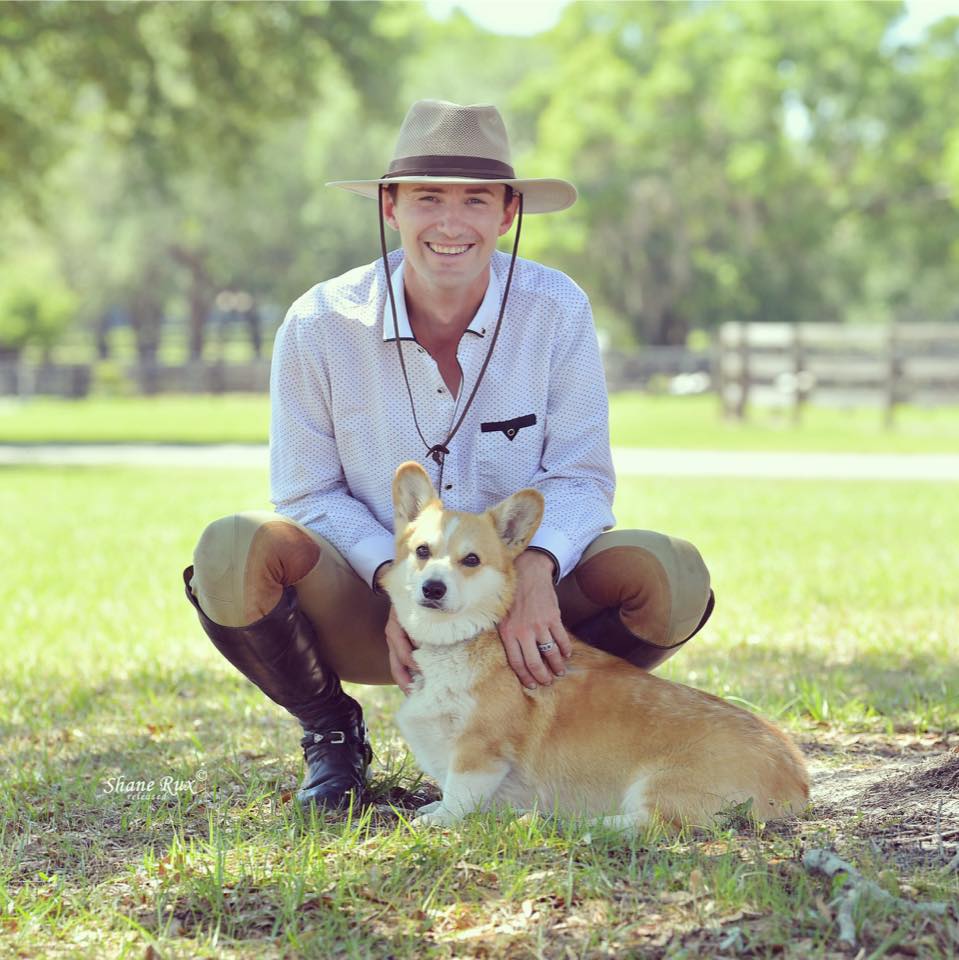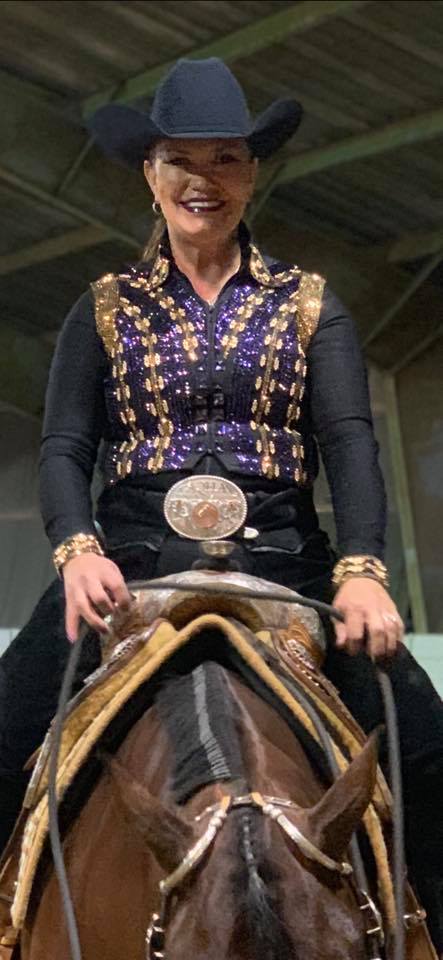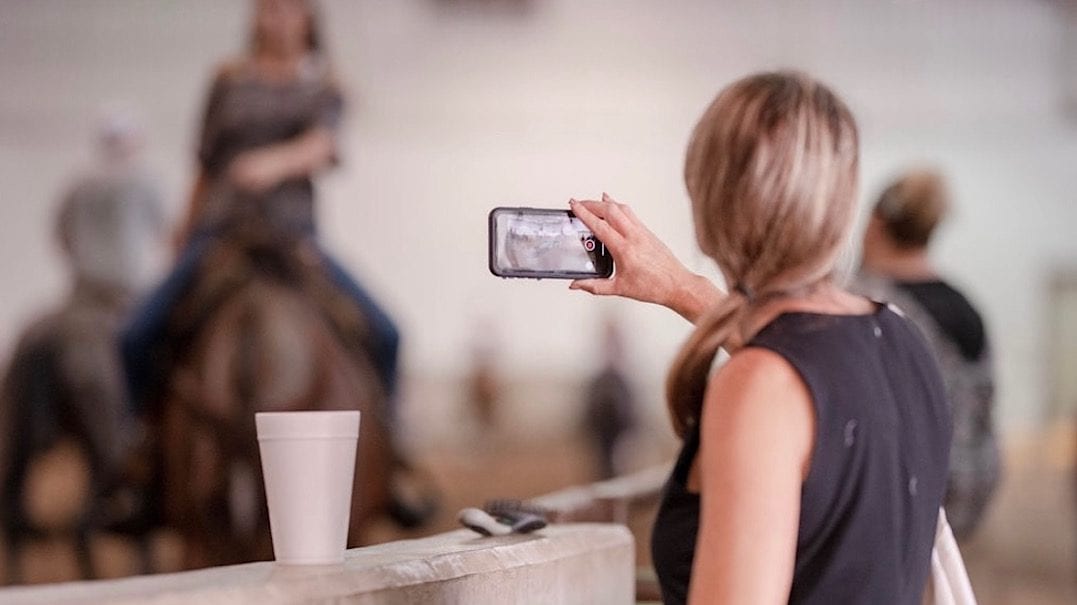Often times, in the middle of difficulty lies opportunity. With technology and the forward-thinking of several trainers, there is now a way to get help from top people in the equine industry through your electronic devices. For those equestrians struggling to find help during this pandemic, this is a great solution to keep you and your horse in-tune.
We learn from Karen Hornick, Brian Isbell, Julian Harris and Robin Frid about virtual lessons and how to go about it. “Everyone has different takes to it. We have to learn from each other and figure out what does and doesn’t work. Don’t be afraid to try,” says Frid.
Video
 The most common way to do virtual lessons is through videos. Trainers first start with an evaluation through a phone call to discuss goals, problems, history, etc.
The most common way to do virtual lessons is through videos. Trainers first start with an evaluation through a phone call to discuss goals, problems, history, etc.
“We first start to visit with them over the phone to get a feel, and then, if they have videos of themselves showing, it’s beneficial, so we can see the change from how they are when they show versus when they’re just riding at home,” says Frid.
Once the trainer and rider are on the same page, the student gives a video of themself riding to an instructor via email, and then the video is reviewed. After the review, the trainer sends a critique video back to that person to explain aspects that they need to work on and how to receive the best outcome.
Facetime
 Virtual lessons also allow you to show your skills in real-time. Harris explains the process of the real-time lesson by stating that you conduct a Facetime call with the trainer through a Bluetooth headset, while someone is holding the phone. This way, the trainer can see precisely what is happening at that exact moment.
Virtual lessons also allow you to show your skills in real-time. Harris explains the process of the real-time lesson by stating that you conduct a Facetime call with the trainer through a Bluetooth headset, while someone is holding the phone. This way, the trainer can see precisely what is happening at that exact moment.
“I can watch the person ride on FaceTime and then give them the instruction they need,” Harris continues. If you do not have another person available to help with holding the phone, you can set your phone up on a fence or other object and ride in a circle within the view of the camera. This is a great way to get one-on-one help and is one of the best representations of an in-person lesson.
 Facebook is another way that is used to reach riders needing help with their horses during this pandemic. Hornick has been using Facebook Messenger to receive videos from clients. “It is convenient for people,” she says.
Facebook is another way that is used to reach riders needing help with their horses during this pandemic. Hornick has been using Facebook Messenger to receive videos from clients. “It is convenient for people,” she says.
A lot of people are on Facebook, and it is super easy to look up a trainer’s profile and send them a message regarding virtual lessons. The videos through Messenger work the same way as the emailed video version, except it is through social media. There are even sites, such as the Virtual Horse Show on Facebook, that allow you to show off your progress from virtual instruction.
Equipment
The significant part of virtual lessons is that you can do it in the palm of your hand. With just a cellphone, you can record, edit, and send the content to a trainer or chat with them live. Some people go above and beyond, like Frid, by purchasing a robotic camera that follows him around the arena while he rides. He says, “Everything has been running smoothly so far, and I think it is a great way to reach clientele when we’re not able to be there in person.”
Harris continues with, “The ability to sit and have a glass of wine at eight o’clock in the evening my time and have a lesson with someone in New Zealand where it is 10 a.m. the next day is pretty cool.”
Content
 The content of a lesson does not differ much from regular instruction. The lesson time and price are generally the same, and you are still receiving great information from wonderful trainers.
The content of a lesson does not differ much from regular instruction. The lesson time and price are generally the same, and you are still receiving great information from wonderful trainers.
Isbell says, “It cannot replace in-person instruction,” but all the trainers agree that it is an excellent alternative that most of them will continue with even after the quarantine is over.
Hornick explains that a good video has raw footage of someone’s ride. “Don’t worry about editing; just show it all.”
This helps the trainers see precisely what is wrong and what needs to be fixed. Each lesson is very personalized. Frid states, “Every single lesson that we do is going to be an individual, specialized video lesson for that ride each time.”
Virtual lessons have brought horse people of different locations, backgrounds, and professions together. It provides a wonderful opportunity to receive help while not being able to have face-to-face contact with instructors. Both students and trainers benefit from this new way of taking lessons.
“My biggest joy that I get out of it is seeing the progress that they made and making an impact for them. They enjoy it,” says Isbell.
“It just kind of continues to remind me that it’s not about the trophies, the prizes, any of that. It’s about continuing to show people that they can do what they want, they can chase their dreams. It’s redefining what it means to be a horse trainer,” expressed Harris.
It is not only rewarding for riders; it is also rewarding for the instructors as well. Hornick says, “When someone messages me back and said it worked, I am so happy. It makes my day that I could help them.”








